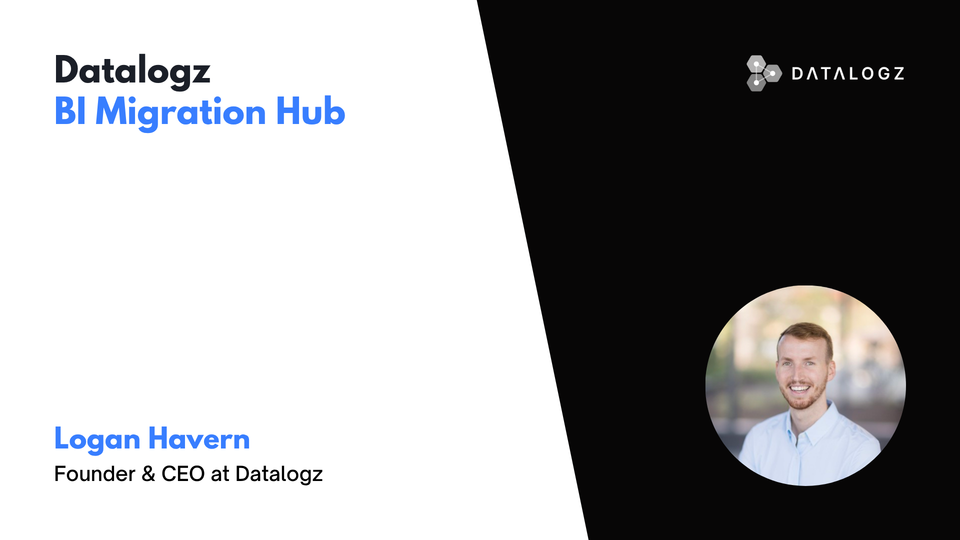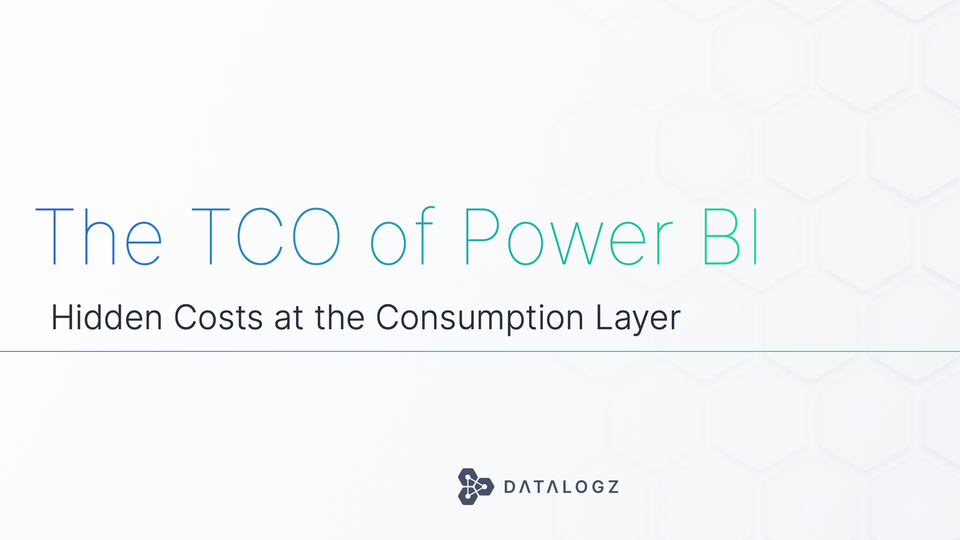Getting Started with BI Ops
We determined BI Ops as a set of processes and technologies that enable you to succeed with your BI initiatives. Therefore, you need to adopt a three-pronged approach for getting started with BI Ops - people, processes, and technologies.

Earlier, we defined BI Ops as the guardrails that make enterprise-wide business intelligence initiatives successful. BI Ops can help technology, data, and business teams to work together across the entire decision making process and extract the utmost value from the insights they have gathered. But, the real question is - how do you go about building these guardrails in the first place?
First things first, you need to develop a clear understanding of your organization’s goals and objectives. Without this foundation in place, it will be very difficult to determine the extent of human and technology infrastructure you need to propel your BI ecosystem toward success.
We determined BI Ops as a set of processes and technologies that enable you to succeed with your BI initiatives. Therefore, you need to adopt a three-pronged approach for getting started with BI Ops - people, processes, and technologies.
People - do you need to hire a BI Ops engineer?
The foremost step is to identify the beneficiaries and key individuals responsible for implementing the BI Ops initiative within the organization. Typically, this would be a cross-functional team, bringing together representatives from the business intelligence and data engineering verticals.
Some of these individuals, now specializing in BI Ops, would eventually go on to become your ‘BI Ops engineers.’ A BI Ops engineer should be well-versed in data engineering and governance and put in charge of implementing recommendations to keep BI self-service, fast, and risk-free.
Once the goals and the team are in place, it’s time to create a roadmap for success. This roadmap should outline the steps you’ll take to achieve your goals - such as reducing BI spend, enabling self-service report creation, and more - and should be revisited on a regular basis as your needs change over time.
Processes - what are the steps your BI Ops team needs to take?
Change is inevitable when implementing any new initiative, so it’s important to have change management processes in place from the start. By doing this, you can avoid disruptions and ensure everyone knows what’s expected of them throughout the implementation process.
The fundamental reasons behind implementing a BI Ops initiative are cost reduction, reducing risks, and increasing efficiency. Therefore, the foremost step is to identify the principal costs, risks, and gaps within your business intelligence ecosystem.
Think of a software development lifecycle (Hint: BI Ops is DevOps for BI). Hence, you need to set processes for storing, retrieving, accessing, updating, and governing BI reports so that everything valuable is readily available and everything outdated or irrelevant gets flushed out of the system.
Another key aspect here is ensuring optimal data literacy with the ever-changing teams, team structures, cultural shifts within an organization, and more. Because if new members wouldn’t know how to interpret historical data - what’s the point of storing and maintaining it in the first place?
Technologies - how can Datalogz help?
Datalogz can help you bridge the gaps within your business intelligence ecosystem by plugging into the metadata and logs from the BI tools you use to instantly identify duplication, misreporting, inefficient queries, anomalies in usage, and unwanted costs.
Let’s understand this from a perspective of a critical problem BI teams face today. Power BI by default, only stores 30 days of activity history. As a result, users have no visibility into how reports are being used beyond that time frame.
With Datalogz, you can quickly expand this horizon with a simple integration. Datalogz uses the activity metadata endpoints to store all activity from thirty days back to the current day. This can expand your activity history from thirty days to years!
It first starts retrieving all activity history from 30 days in the past. This will take a few minutes for small environments, and for large environments, this may take a few hours. From that point, a daily refresh of activity data will extend it beyond 30 days of history into months, quarters, and years’ worth of history.
From each day forward, your historical lens on data will increase way beyond what you can do yourself by default!
Then there are countless other advantages, such as geo-locating the BI usage, tracking changes and the version history for individual BI reports, and evaluating the most and least used BI assets to help you achieve the utmost efficiency.
So, these are the three pillars of any successful BI Ops initiative - people, processes, and technology! You can read more about how we can assist on your road to success for BI Ops here: datalogz.io/power-bi.




